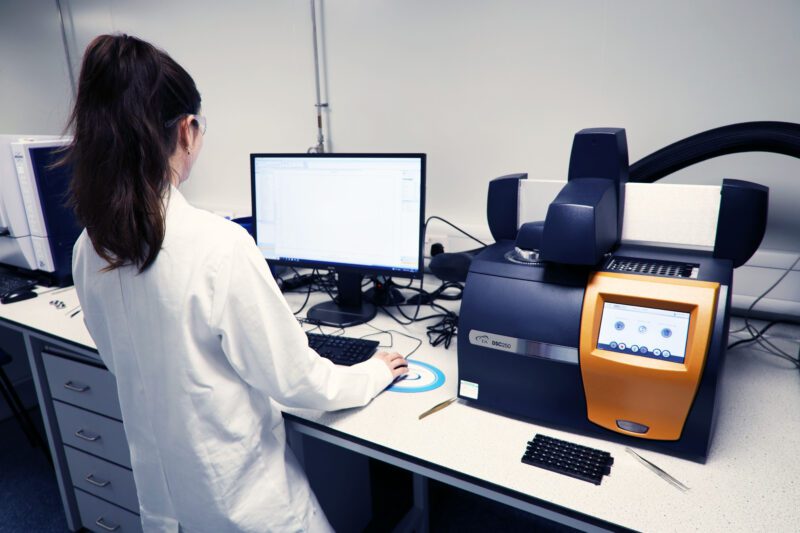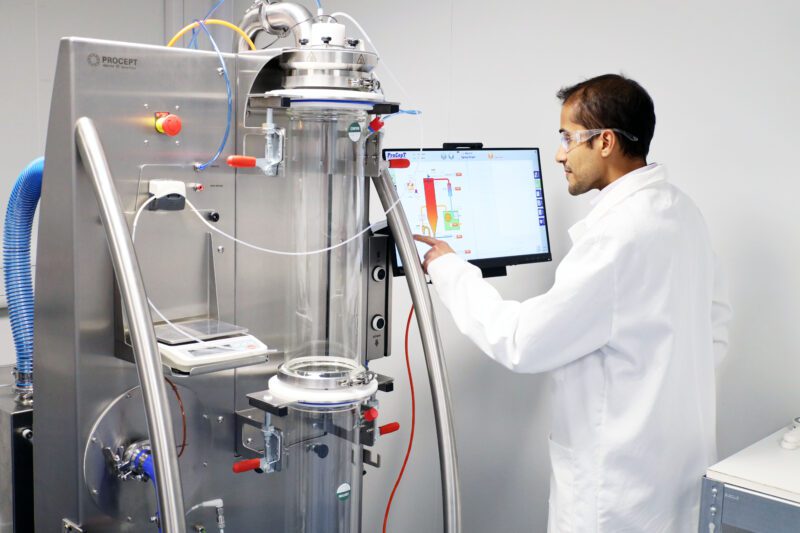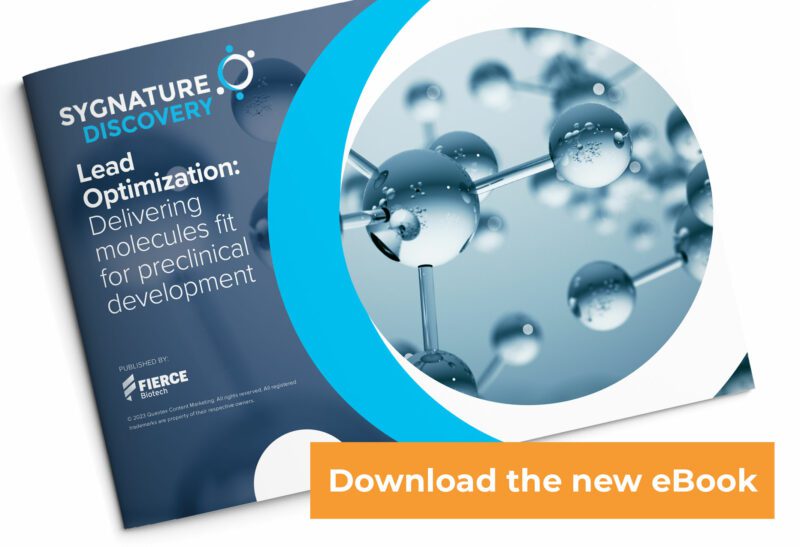Preventing Costly Delays: Accessing Drug Formulation Expertise Early
Lead optimisation is an exciting time in drug discovery, you can almost smell the success of a potential new treatment for patients in need. The hard work isn’t yet done. There are still lots of hurdles to get over and an integrated team with a diverse set of skills and experiences offers the best chance of success at moving into the clinic.
This is also the time when – even if you have a suitable formulation – project leaders should start to think about the solid form properties of the materials being made. Some customers place too much risk into their programmes by delaying or even ignoring the solid form aspects of their projects until they start to get unusual results from studies.
Avoiding unnecessary risks in drug formulation: XRPD testing
Even a simple, quick and cheap test run in-house such as XRPD would have alerted the teams to the fact that the latest batch of material is a different solid form compared to the last batch. This raises red flags about solubility, and formulation performance and thus the results from the in vivo study might need to be repeated. The cost in time, animals and material is staggering compared to the cost of XRPD run in-house, which of course is rapid and communicated back in a timely fashion with expert interpretation.
The benefits of polymorphism studies for drug formulation
Once a project moves towards clinical candidate nomination, it is time to produce material for further studies. To add value to the data package and accelerate progress, polymorphism studies help to understand the crystalline landscape of the API, salt screens to modify the solid-state properties of the API if they are sub-optimal such as thermal stability, solubility, hygroscopicity etc. Designing these studies according to the most appropriate for the molecule, the client and the project needs is key.
For the greatest chance of success, working with a team that is flexible, nimble and has a rapid response time to your needs will prevent headaches down the development road. The price point of working with an R+D lab vs a GMP CDMO, and the associated lead time to start work, can also impact your chances of success.

What does a well-equipped lab look like for challenging molecules in the pipeline?
With a small group of healthy volunteers, clients are often looking for something which is effective, even if it is not optimal. A well-equipped CRO can look at liquid formulations, powders in capsules (which could include spray-dried dispersions), along with lyophilised powders which are normally used for IV.
A full suite of solid-form analysis instruments is vital to fully understanding the solid-state properties of the material to hand. We recommend:
- XRPD, TGA, DSC, DVS, FT-IR, Particle size assessment from nano to micron range, milling capability for particle size reduction, PLM, and early ICH like stability assessment e.g. 40°C/75%RH
- Solution state analysis that spans both solid form and formulation
- HPLC with DAD / VWD detection, UPLC-MS, SFC (chiral), preparative chromatography (reverse phase, normal phase, SFC including chiral), solution state multinuclear NMR
- The ability to produce spray-dried dispersions in-house, lyophilised powers with temperature-controlled shelves and dissolution assessment using small-scale apparatus can be vital to design, make and test formulations and progress rapidly to the next iteration

General formulation equipment you can expect a well-equipped lab to have:
pH probes, high sheer mixer, sieves, Copley tab and bulk, osmometry, USP dissolution baths
Other equipment used infrequently, but powerful when required:
Ultra-high field solution state NMR (800MHz), ss-NMR, Diamond light source, lab-based SC-XRD
The form and formulation team at Sygnature Discovery adds value to the lead optimisation process. Working closely with our colleagues in DMPK we can rapidly devise formulations that are fit for purpose, be that early single-dose PK work, or more extensive studies looking at formulations for the DRF, MTD studies and beyond into humans. Information on an expected dose, route of administration, species, dosing frequency and study duration are all important pieces of information required for successful formulation development. Once complete, we then supply it to our IVP/TO colleagues for critical testing in vivo. These formulations might even be suitable for further longer-term studies and higher species and with the expertise to guide the project, we help ensure the effects seen are from the molecule, not a poorly designed formulation.
We pride ourselves on delivering for our clients and the patients they are trying to serve. If you want to work with a team focused on your success, contact our team using the form below.
About the author
Dr David Pearson is the Director of Form and Formulation at Sygnature Discovery. David has over 20 years of experience in solid form and formulation science. He is a highly experienced solid form subject matter expert with extensive experience at the interface of medicinal chemistry, process chemistry, DMPK and pharmacology.


